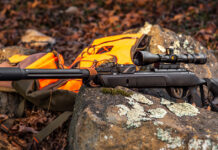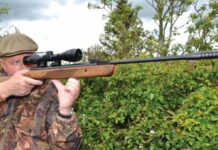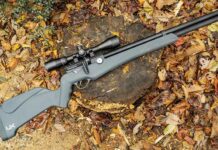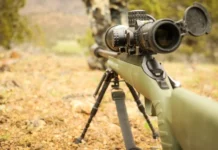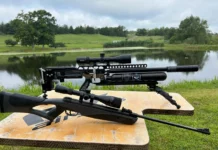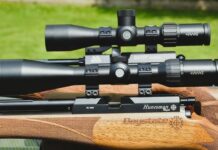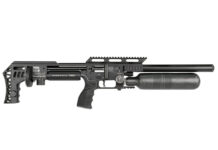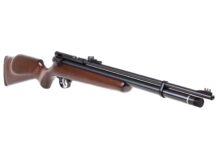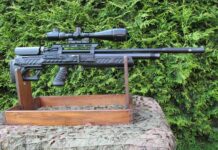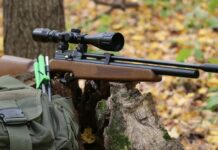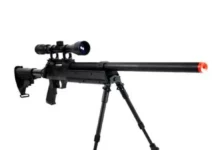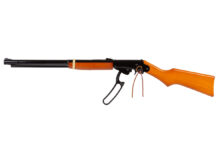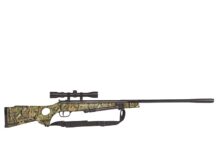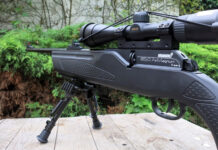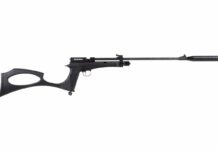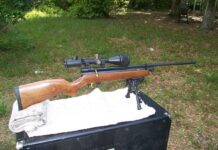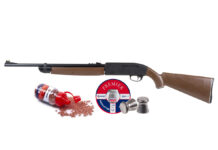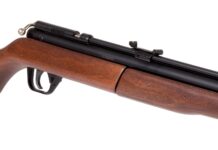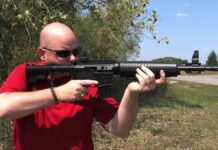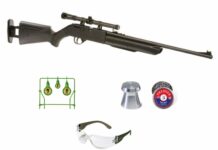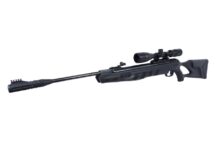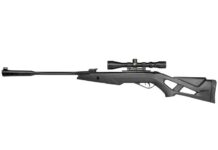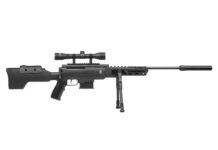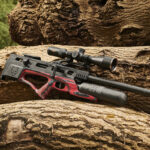A reader recently sent us a question about buck behavior along with some photos. He is located in Venango County. For context, this area of Pennsylvania has a “3-up” antler point restriction not including the brow tine (formerly 4-point area).
Here’s the email:
To My Favorite PSU Deer Squad,
I have a few questions regarding these bucks I have captured [on camera] this summer. Since we all know male deer form “bachelor” groups in the summer, is there any reason behind this, or are boys just being boys?
Spotting one night, I witnessed eleven, yes, eleven bucks together, I think in one group, in one field.
My next question is, are these bucks I have captured on my trail cam this summer going to stick around, or once they start separating will they disperse? There are obviously many, many others but here is just a sample.
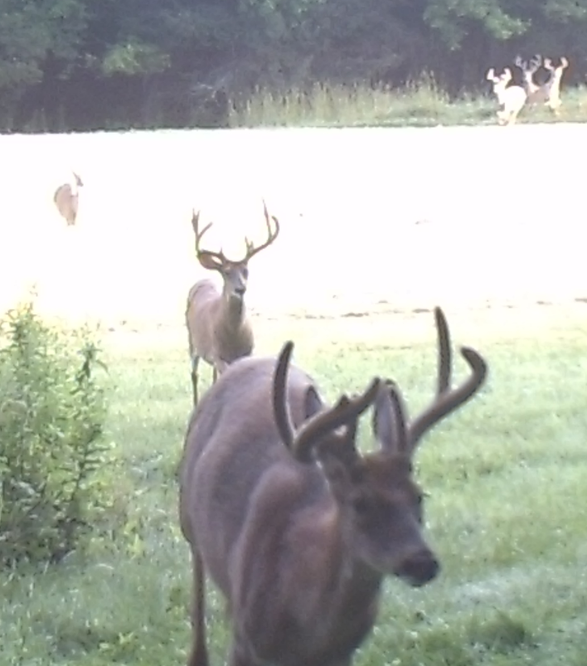
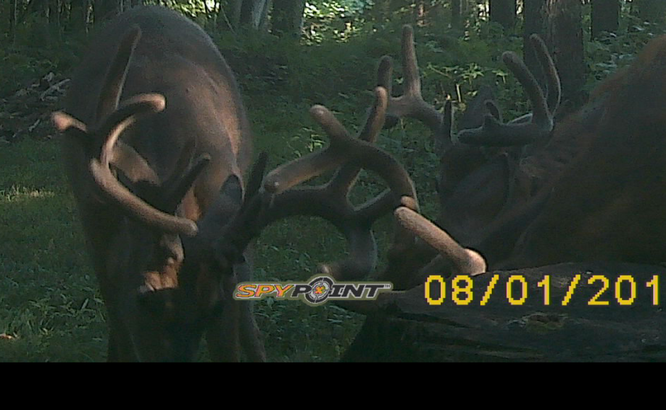
Thanks for your research and info, I love it, and have gotten everybody I know who hunts to subscribe and they agree. Thanks Guys!
Let’s start with the first question, “Why bachelor groups?”
Ecologists have characterized this behavior as “sexual segregation.” The human equivalent to sexual segregation is basically gender-distinct bathrooms. Male and female deer separate themselves spatially for some reason.
There have been a number of reasons or hypotheses proposed:
- Altruistic behavior by males to leave superior range (less predation and better food resources) to reduce competition with females and offspring,
- Predator avoidance by males,
- Minimize sexually motivated aggression when breeding is not possible,
- Males move to open habitats to minimize damage to antlers during their growth period and to maintain male-dominance hierarchies,
- Optimizing foraging resources by males and selection of the best habitat for raising young by females.
Hypotheses 1, 4, and 5 suggest that deer change their use of space over time. Unfortunately, that doesn’t really fit our observations of white-tailed deer in Pennsylvania. The core home ranges of the majority of bucks (and does) we have monitored don’t change over the course of a year.
But, of course, there are always exceptions! But for a theory to be useful, it can’t just apply to exceptions.
Because we don’t see a change in space use over the seasons or across years, hypothesis #2 (predator avoidance) doesn’t seem to make much sense either – unless they avoid predation by traveling as a group (safety in numbers).
For hypothesis #3 (minimize sexual aggression) to apply, bucks and does would have to separate for 10-11 months of the year. This study (and others) has plenty of examples of overlap in home range among males and females throughout the year. However, they could use the same space, just at different points in time (temporal separation).
As you can see, this behavior gets really complicated to explain. The real problem for scientists is how can we experiment to test these hypotheses? It’s difficult! We have mostly relied on observational work, perhaps in unique situations – like the Isle of Rum Red Deer Project.
But this is a blog, so reading a whole treatise on deer behavior and how social theory could explain bachelor groups really isn’t what you came here for, so let me just share some thoughts that might make sense.
Males do tend to hang together in the summer, but there is no strict sexual segregation. It’s more like sexual aggregation. I have seen a group of male deer on one side of a field and a group of does and fawns on the other. While males tend to enjoy each other’s company in the summer months, they are not separated from other deer. They just can’t be bothered with “women and children” so to speak.
It is possible that bachelor groups could help inform individual deer about the mate competition that is about to begin in late October. Ever watch The Bachelorette? Me neither, but I think the premise is the same. Twenty-five men size each other up and likely weigh the odds of them being the chosen one. Bucks could be doing the same thing.
Since Pennsylvania implemented antler point restrictions, more yearling males disperse in the fall. And most of that fall dispersal occurs before the peak of the rut. Our theory is that yearlings disperse in the fall if they find that mate competition is just too fierce. They’re better off rolling the dice and dispersing to an area where there is potentially less breeding competition.
That brings us to the second question, “Are these bucks I have captured on my trail cam this summer going to stick around, or once they start separating will they disperse?”
If any of those bucks you are watching right now are yearlings, more than half of them will hit the road this fall (mid-September through early November). The adult bucks, however, won’t be going anywhere. Very, very rarely does a buck have a different home range during the breeding season. Even those with a bachelor pad.
However, it will seem like they all disappeared!
First, these bachelor groups are going to break up.
Second, during the rut, the home ranges of these bucks will increase by 2-5 times. You read that correctly. If a buck has a home range right now on the order of a square mile, come late October he’ll be traveling an area of 2-5 square miles.
Good luck seeing him at the right place and at the right time! But that’s why they call it hunting, right?
-Duane Diefenbach
If you would like to receive email alerts of new blog posts, subscribe here.
And Follow us on Twitter @WTDresearch



